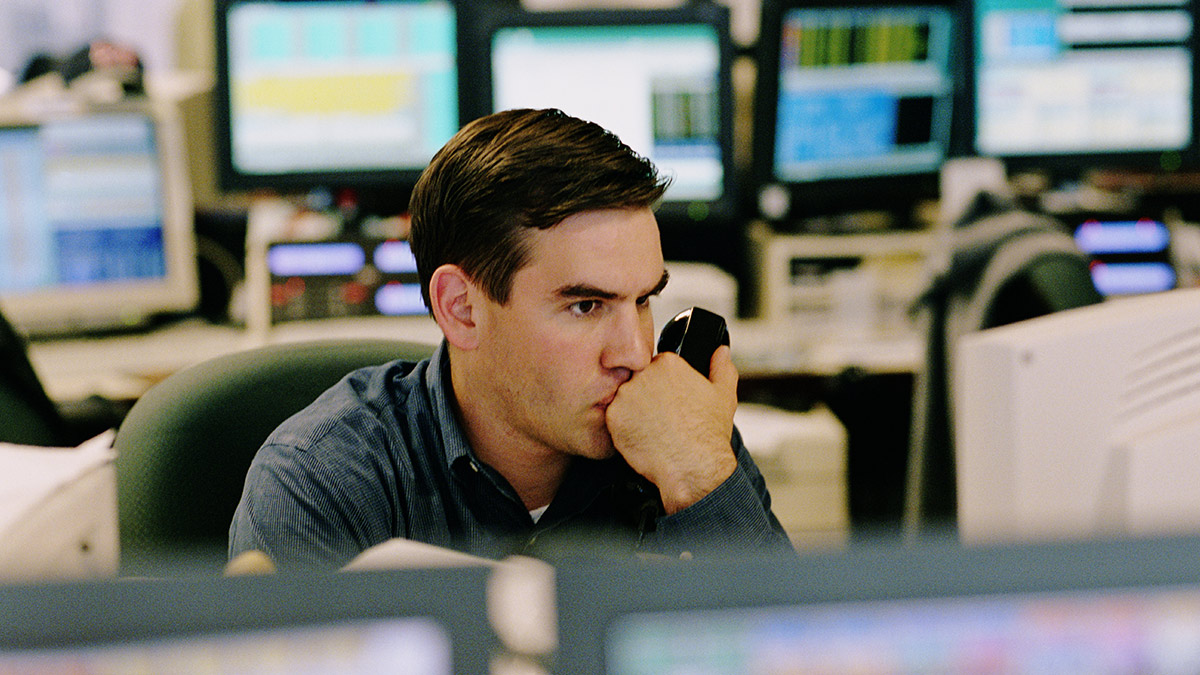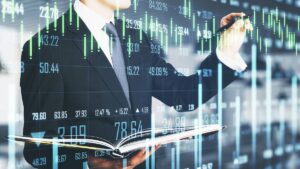Growth vs value? Here’s why that’s the ‘wrong question to be asking’

(Pic: Getty)
The old ‘growth vs value’ debate has been dusted off again, in the wake of some material sector rotations accompanying the rise in global bond yields last month.
High-growth tech names (which have repeatedly put value stocks on the mat) got sold off, while banks outperformed along with sectors tied to the post-COVID economic recovery (such as energy).
Can marquee tech names justify their current valuations if yields rise, or does the rotation have further to run?
It’s a valid query, but for Scott Berg — portfolio manager for the T. Rowe Price Global Equity Fund — it’s the “wrong question to be asking”.
“Because frankly, if all someone wants to do is bet on growth or value, you can buy the (relevant) index,” he said.
“But I think the art of portfolio management is about going beyond that.”
To Berg, the events of the past year have revealed something of a “binary” philosophy in how investors allocate capital.
“One one side you’ve got folks who only invest in energy or cyclicals — they’d never consider Tesla or Amazon.”
Then there’s the opposing cohort, where “all they believe in is tremendous disruption or innovation and they’re never going to consider buying bank stocks” he said.
“So the way we think about portfolio construction is we try to run relatively sector neutral.”
“I do believe the biggest money is made in general when you have special companies with durable growth and amazing management. Then valuation matters as well.”
Growth vs value
Taking stock as Q1 draws to a close, Berg said more volatility could be in store in the wake of the post-COVID bull rush.
His best guess is that we’re about “75-80 per cent” of the way through the recent rotation into Value stocks.
However, “anyone who has a clear view of the world and thinks it’s simple, I don’t think they’re fully engaged”, he said.
Uncertainty makes things challenging, but on the plus side, “it’s really hard for everyone”.
“Markets are volatile, and as active managers it gives you an opportunity to buy good businesses when they’ve gone down.”
Being selective
As an example of how he’s putting that strategy into practice, Berg highlighted the NASDAQ-listed video comms platform Zoom (NASDAQ:ZM) as a ‘buy’ candidate.
With workers globally confined to their homes, ZM shares rocketed from below $US100 to almost $US600 as it became a leading example of the post-COVID rally in high-growth tech names.
In the wake of value rotation in February, it’s now lost about 50 per cent from its peak.
“This is what excites me right now about a number of growth stocks, in that it’s actually contrarian to buy Zoom,” Berg said.
“The majority of the market is saying it won’t work, it was just a COVID beneficiary because we’re in the value trade right now.”
“This company has net cash, huge free-cash-flow margins. Massive growth. It’s had a once-in-generation catalyst where it’s now the way we do things.”
“So to me I’m trying to yin when the market is going yang the other way.”
2021 outlook
With economic growth picking up steam while the stimulus taps stay turned on and inflation expectations on the rise, Berg noted that the top-down macro picture is also growing more complex.
In addition to that, 2021 has seen unusual market moves such as the Gamestop frenzy in January, as well as historically high levels of participation by retail investors.
On the macro side, Berg said that while bond yields have climbed, if yields go up along with inflation then the level of real rates (nominal rates less inflation) will stay subdued — a macro paradigm that has historically been positive for equities.
And wherever you lean in the growth vs value debate, his view is to “stay invested”.
“Stay in the game. In bubbles you can go way higher than you think before they end, and we’re far from the peak of a bubble in my humble estimation.”
“(Former US Fed chair) Alan Greenspan coined the term ‘irrational exuberance’ in 1996,” Berg said, referring to the late-90s US tech bubble.
“Smart hedge fund mangers started shorting tech in 1997 and 1998. Then people had to close their funds in 1999 and 2000 as things kept going up.”
“So it was a bubble, but it didn’t pop until more than four years after (Greenspan’s comment).”
“When I look at retail sentiment, some of the crazy things going on, valuations above average — I think we are somewhere in a bubble but it could still be very early.”
UNLOCK INSIGHTS
Discover the untold stories of emerging ASX stocks.
Daily news and expert analysis, it's free to subscribe.
By proceeding, you confirm you understand that we handle personal information in accordance with our Privacy Policy.








